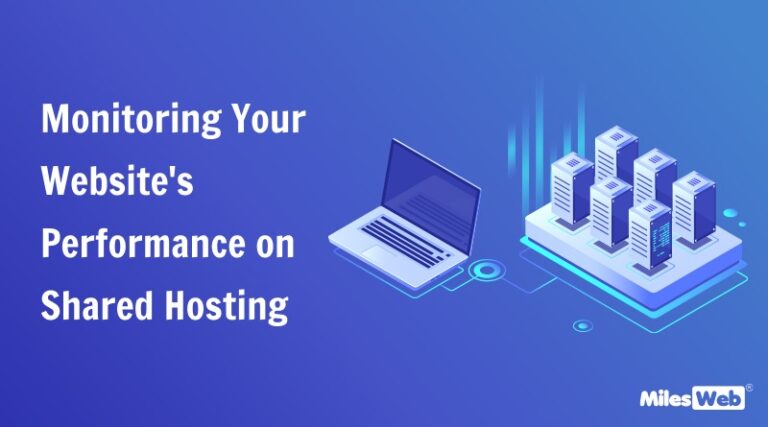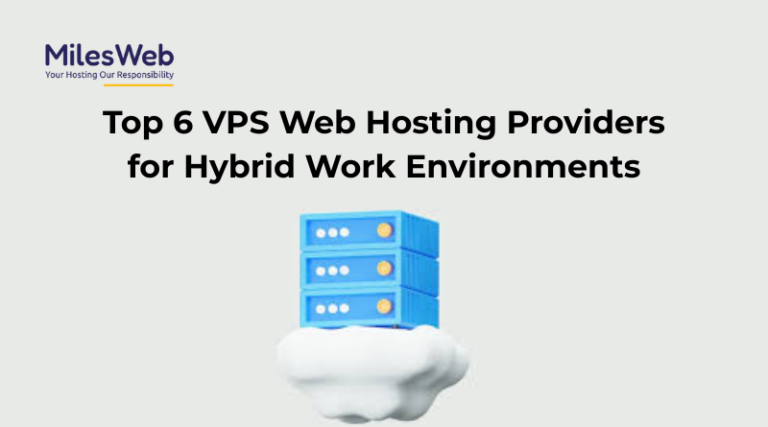Shared hosting is a popular web hosting plan that is suitable for beginners. Many features like 1-click installer, managed WordPress, .ae domain registration, and others are included in it. One of the top-notch features is website monitoring. Website monitoring is essential because it helps in evaluating the resource needs and boosts the websites’ performance.
If you are looking for a reliable web hosting company Dubai who monitors your server resources, this blog is for you. In this guide, we have mentioned one renowned web hosting company name that has a years of experience in server monitoring and customer support. Read on!
Why Monitor Your Server Resources?
Server monitoring is very important for a smooth running of the servers and to avoid situations whereby you are stuck with very high costs due to a control. Monitoring also involves keeping an eye on your server resources for example CPU utilization, memory usage, disk usage and the network bandwidth so that one can solve them when they come up before they turn into big problems. It also enables you to match resources with needs, boost up website performance and guarantee your users’ constant service.
Proper monitoring of servers puts you in a position to be able to make right decisions in terms of server capacity, allocation of resources and solving problems. By identifying such developments, you are likely to spot changes, slow performance areas, and opt for successful alteration to enhance steadiness of a system. Lastly, the check on the server resource helps to safeguard a business’s reputation besides promoting good user experience.
Currently, it is hardly possible to operate a business without a properly functioning server, especially in the digital world. In this regard, by purchasing monitoring tools and developing sound monitoring procedures, you are likely to enhance your website’s availability, and stability.
Tips to Monitor Server On Shared Hosting
1. Leverage Your Control Panel
Almost all providers of shared hosting offer a control panel, for instance cPanel or Plesk which include fundamental tools for observing the use of the features in the host. Get to know the resource usage section in the control panel available to you. This usually shows the current and archived usage of CPU, RAM, disk, and bandwidth usage. It is good to check on these metrics often in order to note some patterns and probable flaws. Moreover, some control panels provide clearly sorted process lists and as a result one is able to easily search out the scripts or applications which may affect a certain utilisation rate on a server.
2. Keep an Eye on Website Performance
Although shared hosting is a restrictive sort of hosting in regards to the server environment, one can track the performance of his site to notice signs of resource deficiency. Use the available tools on the internet or use website speed enhancing services to help determine the time taken to load and other related problems. If the performance goes down, it can point to an overloaded server or limitations by resources in available space. One way would be to minify your website’s images, code and content to increase efficiency and therefore decrease resource consumption.
3. Analyse Website Traffic Patterns
Analysing the traffic patterns of your website makes it possible for you to be able to predict the requirement of the server resources. Collect visitor count data, daily/weekly visitor lookup, and top visited pages and posts. This information can help you to determine when most of the load on the server takes place and adjust as to when your contents are most delivered. Thus, traffic patterns would indicate potential resource limitations and allow inventing approaches precluding performance problems.
4. Communicate with Your Hosting Provider
In case of shared hosting, the frequent communication with your hosting provider will provide the right means of server monitoring. If you observe a constant usage of a particular resource or low productivity of the tool, contact your provider’s support department. On this basis, they can let you know about the state of the servers, propose means of improving the situation, or recommend a change of hosting in case of problems. It is good to cultivate a favourable status with your hosting provider because they help you to solve server issues affecting the performance of your site.
5. Consider Upgrading Your Hosting Plan
If you are frequently encountering resource constraints for your shared website hosting plan then you should consider shifting to another higher shared hosting plan or even a dedicated or VPS hosting plan. They upgrade you to a new hosting plan which gives you more bandwidths, faster server, and more control on your server. It is necessary to estimate periodical website progress, traffic movement, and required resources to make a conclusion about upgrade necessity. With a better hosting solution you are able to achieve the expected high standards and quality for your site.
Summing Up
Monitoring your website’s performance on shared hosting is crucial to ensuring a seamless user experience and maintaining optimal functionality. Regular checks allow you to identify potential issues, optimise load times, and address any bottlenecks before they impact your website’s visitors.
At MilesWeb, they understand the importance of reliable performance monitoring. Their shared hosting plans come with advanced tools and dedicated support to help you keep a close eye on your website’s performance. With features like real-time analytics, performance alerts, and comprehensive reports, you can confidently manage your site and ensure it runs smoothly.
Choose MilesWeb for a hosting experience that not only meets but exceeds your performance monitoring needs. Our commitment to top-notch service and cutting-edge technology ensures that your website remains in peak condition, allowing you to focus on what matters most—growing your business.









